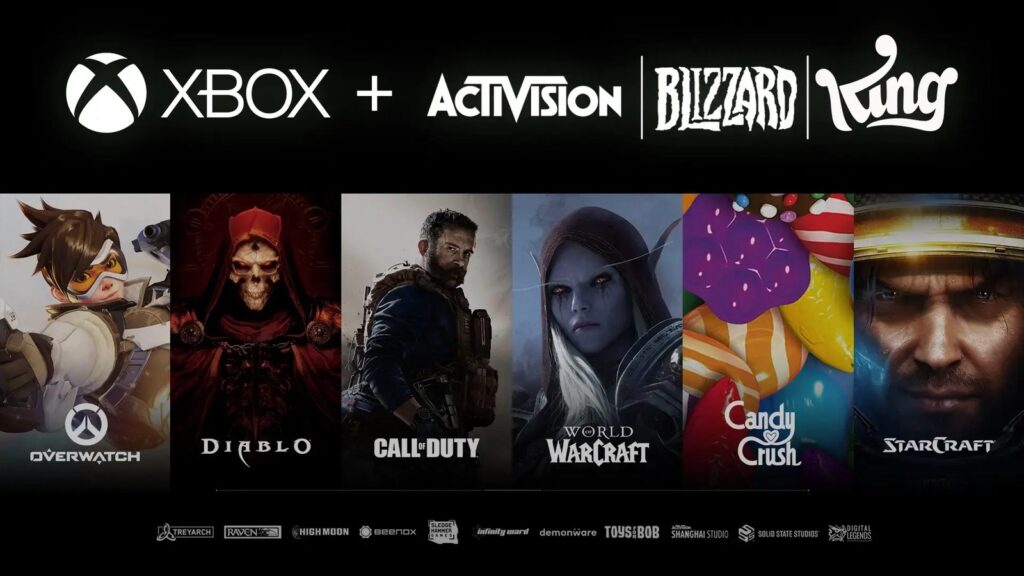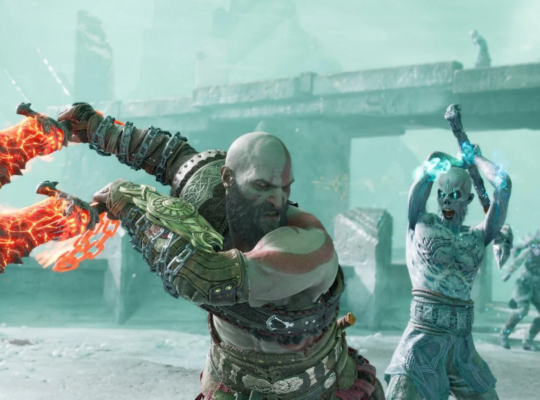
In a memo revealed by IGN, Xbox chief Phil Spencer has announced a substantial reduction in the gaming workforce, with approximately 1,900 roles being cut. This decision stems from the collaboration between Microsoft and Activision Blizzard to establish a business plan with a more sustainable cost structure.
These layoffs will affect employees at Activision Blizzard, Zenimax, and Xbox, marking another significant wave of job cuts that have been affecting the gaming industry since the previous year. Riot Games, the developer behind League of Legends, recently laid off 530 people, contributing to the thousands of redundancies seen across the sector.

Major company mergers, such as the one between Xbox and Activision Blizzard last year, often result in extensive restructuring. This particular round of layoffs is one of the largest witnessed in the past 12 months, indicating a substantial impact on the industry. In addition to the job cuts, Blizzard president Mike Ybarra and co-founder Allen Adham are reported to be leaving the company. Blizzard’s anticipated survival game, set to establish a new universe, has also been canceled as part of these changes. Microsoft Studios president Matt Booty confirmed in a memo that some of the team members working on the canceled project will be reassigned to promising new projects at Blizzard that are in the early stages of development.
The departure of Mike Ybarra has been confirmed through a tweet, where he expressed gratitude to those impacted by the layoffs for their contributions to their teams, Blizzard, and players’ lives.
Beyond Microsoft, Unity, a key player in the gaming industry, had previously laid off 1,800 employees, constituting 25% of its staff, at the beginning of the new year. Unity’s CEO, Jim Whitehurst, stated that the company is narrowing its focus on core business activities to drive long-term success and profitability.
Layoffs have also affected other major platforms and technologies in the gaming industry, with Discord and Twitch both experiencing substantial workforce reductions. This ongoing trend suggests a broader realignment of talent within the industry and its associated platforms and technologies.






2 Comments